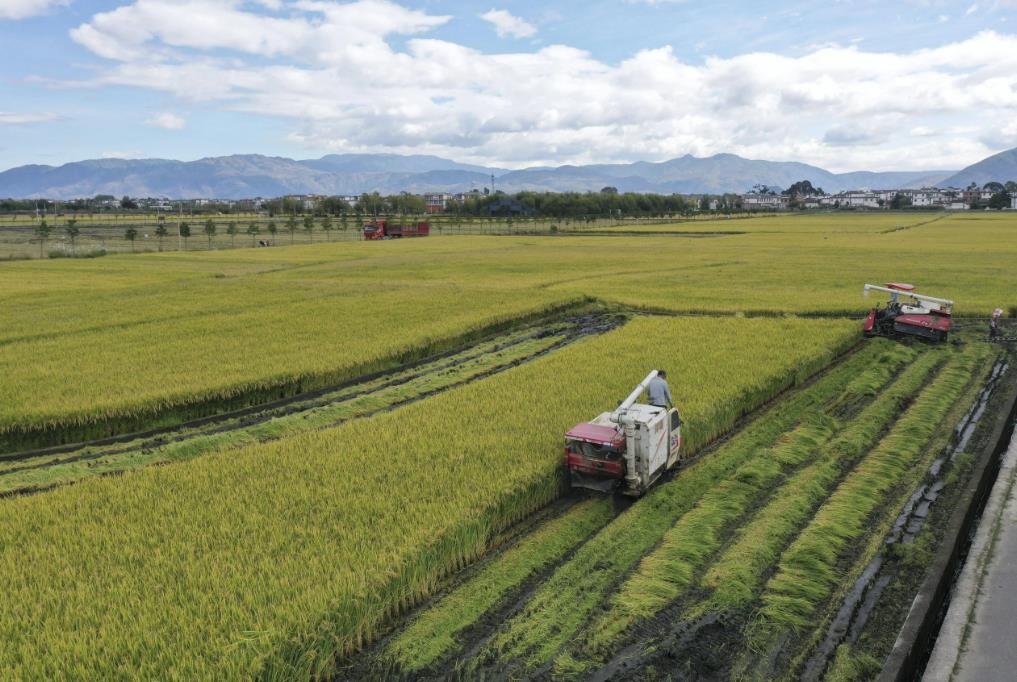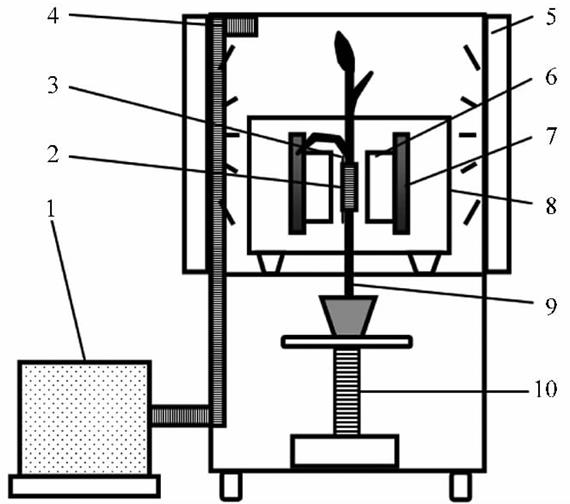Low-Field NMR Research on Cold Stress in Rice
What is Cold Stress?
Cold stress is an important factor affecting the geographical distribution and growth of plants. Cold temperatures can damage plants, especially when sudden frosts occur, resulting in reduced crop productivity and quality.
Types and Characteristics of Cold Stress in Rice
- Delayed chilling injury: In the vegetative growth period, sometimes including the reproductive growth period, rice encounters the harm of lower temperature for a long time, which weakens the physiological activity of the rice plant, delays the growth, and delays the heading and flowering, which cannot be fully Grain matures resulting in significant yield reduction.
- Barrier-type chilling injury: During the reproductive and growing period of rice, rice suffers from a relatively strong low temperature for a short period of time, which destroys the physiological mechanism of the flower organ, resulting in sterile spikelets, a large number of empty shells, and serious yield reduction.
- Mixed chilling damage: In the same year, delayed chilling damage and obstacle chilling damage occur simultaneously. Low temperature in the early growth stage delays the growth and development of root, stem, and leaf tillers, delays the differentiation of rice ears, delays heading, and affects yield. Booting, heading, and low temperature during flowering will cause the spikelets to be sterile or partially sterile, delay maturation, and produce a large number of empty seedlings.
Harm of Cold Stress in Rice
- Low temperature weakens photosynthesis, mainly because low temperature causes protein denaturation in chloroplasts and reduces the activity of enzymes, thereby reducing the photosynthetic intensity of plants.
- Low temperature reduces respiration intensity. Respiration is an indispensable condition for maintaining plant growth and development. During the growth process of rice, the respiration intensity decreases by 1.6 to 2.0 times for every 10 °C drop in temperature from the optimum temperature.
- The influence of low temperature on the absorption of mineral nutrients. The energy for the roots to absorb mineral elements comes from respiration. The low temperature weakens the respiration of the roots, and the energy needed to supply plants to absorb mineral nutrients is reduced, resulting in a weakening of the absorption rate of nutrients by plants. Plant nutrient balance is disrupted.
- The impact of low temperature on nutrient operation. Low temperature not only reduces the photosynthetic intensity of rice plants, affects the absorption of mineral nutrients by the root system, but also hinders the transportation of photosynthetic products and nutrient elements to the growth organs, reducing the operation speed.
Research on Cold Stress in Rice – low-field NMR method
Rice is the most important food crop in my country, but it is very sensitive to cold stress. When the rice seedlings encounter low temperature weather, the rice seedlings will suffer from growth retardation, yellowing, stunting, withering and even death, which seriously affects the growth, development and yield of rice. Improving the cold stress resistance of rice seedlings is of great significance for reducing the loss of rice seedlings from cold damage and promoting direct seeding of rice.
At present, the low-temperature NMR test system has been applied in many fields such as food, agriculture, porous materials, etc. It can carry out physical property analysis and process kinetic research, especially in quantitative and qualitative analysis of the moisture distribution, moisture binding state, and moisture migration of samples. With its unique advantages, it also has the function of nuclear magnetic resonance imaging, which can obtain the moisture/oil of the sample from one-dimensional quantitative analysis to two-dimensional spatial distribution in a non-destructive, fast and intuitive manner. The equipment is equipped with an online low temperature variable temperature module, which can control the temperature by program, which can meet the relevant research in the simulated low temperature environment of food and agriculture.
 NIUMAG
NIUMAG


